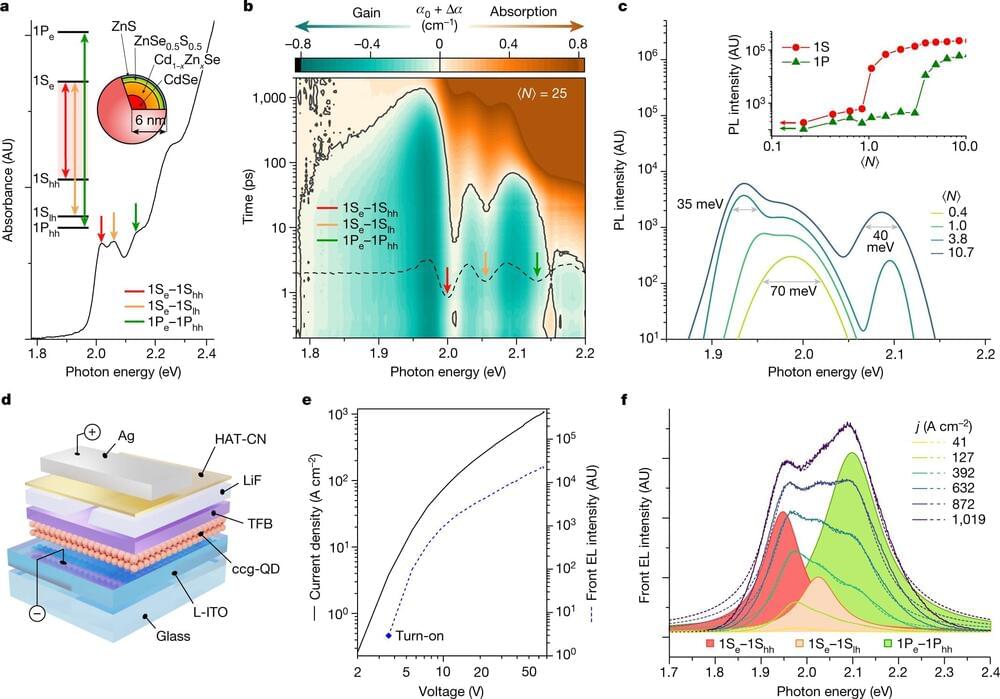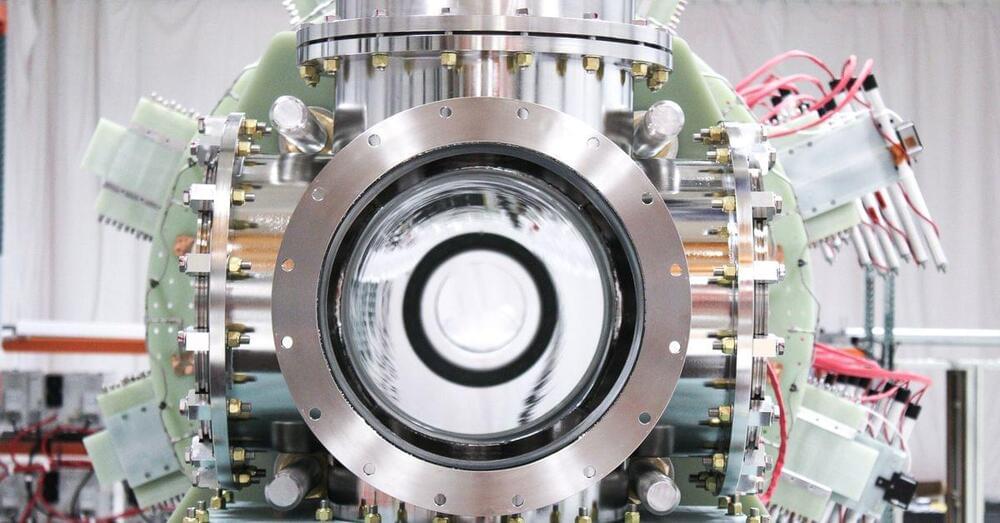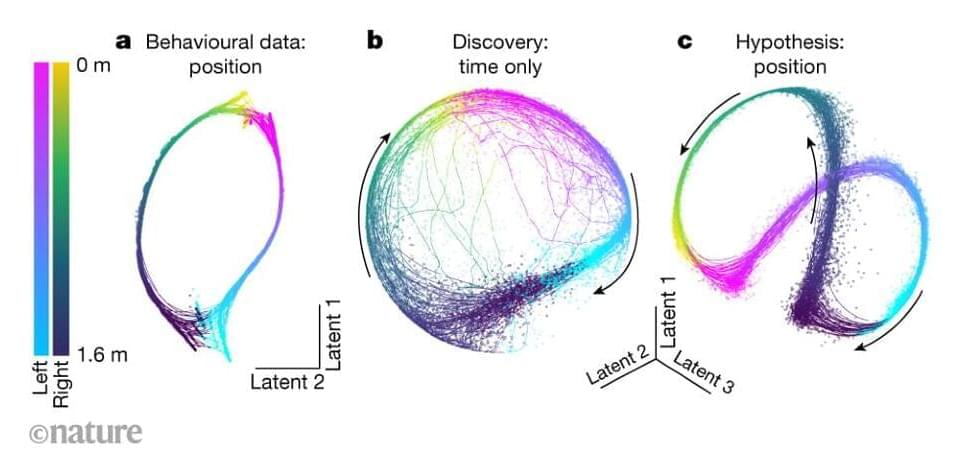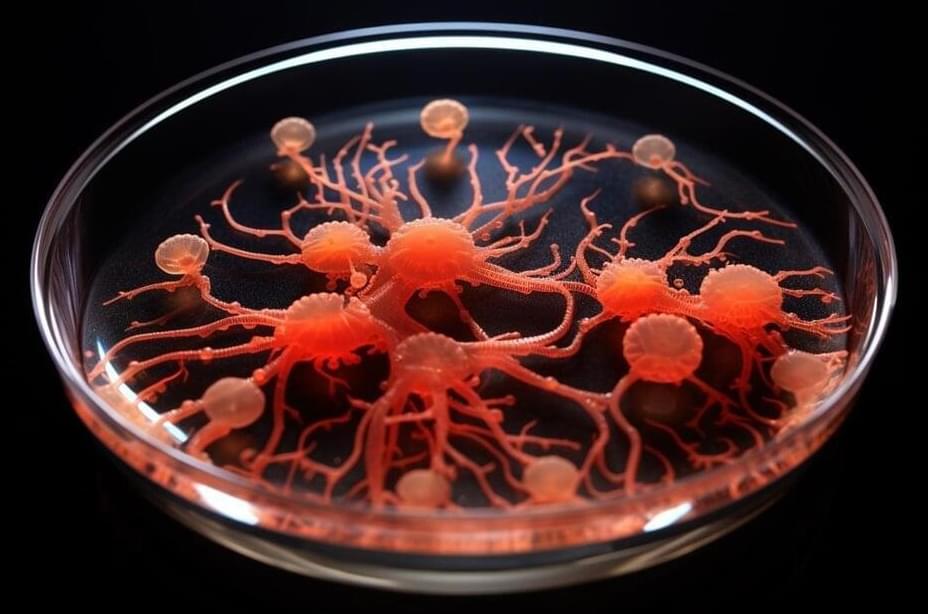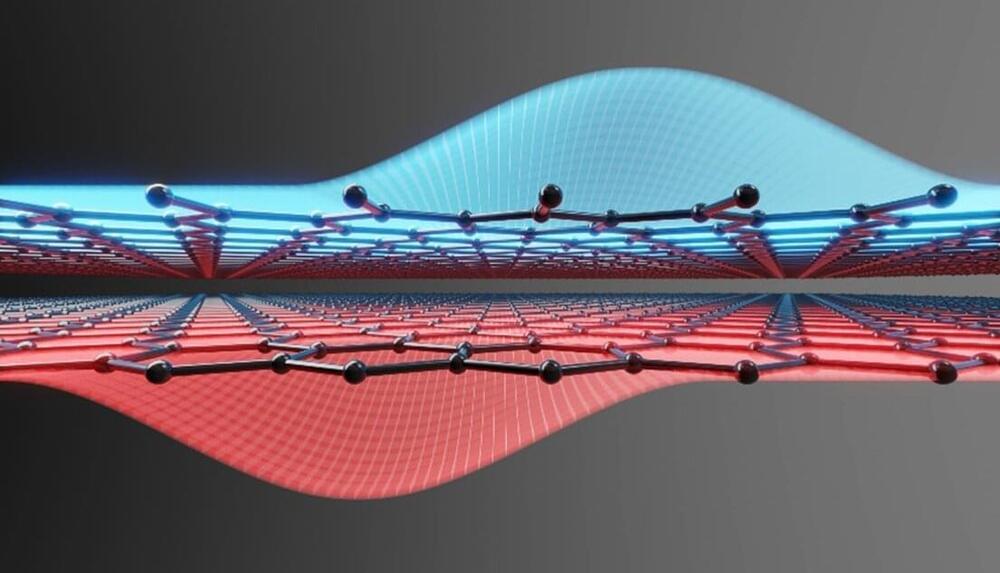May 10, 2023
Light amplification
Posted by Paul Battista in categories: chemistry, computing, quantum physics
In a result decades in the making, Los Alamos scientists have achieved light amplification with electrically driven devices based on solution-cast semiconductor nanocrystals—tiny specs of semiconductor matter made via chemical synthesis and often called colloidal quantum dots.
This demonstration, reported in the journal Nature, opens the door to a completely new class of electrically pumped lasing devices—highly flexible, solution-processable laser diodes that can be prepared on any crystalline or non-crystalline substrate without the need for sophisticated vacuum-based growth techniques or a highly controlled clean-room environment.
“The capabilities to attain light amplification with electrically driven colloidal quantum dots have emerged from decades of our previous research into syntheses of nanocrystals, their photophysical properties and optical and electrical design of quantum dot devices,” said Victor Klimov, Laboratory Fellow and leader of the quantum dot research initiative.
